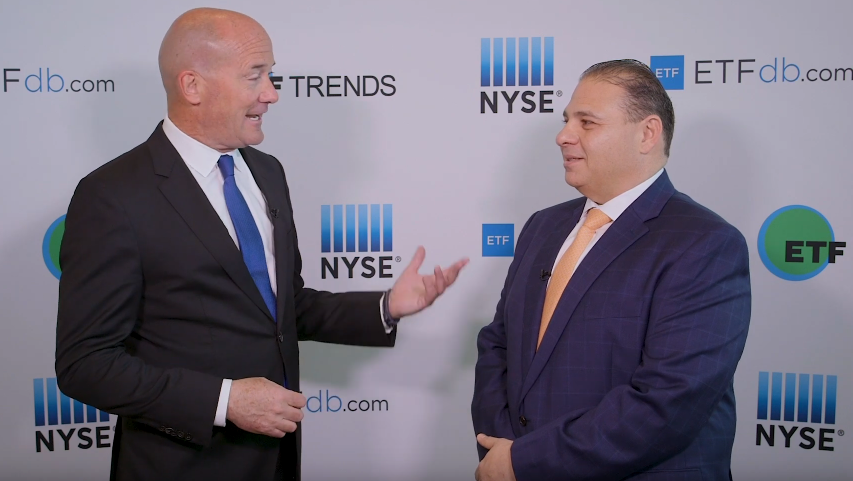Investors who are thinking about building a diversified investment portfolio should not forget to look into emerging market ETFs.
“As far as emerging markets go, we just feel it’s part of your portfolio,” said Steve Deroian, US Head of ETF Product, John Hancock Investments, said at Inside ETFs. “You have to be invested there to have success long-term. It’s a bumpy ride than you know U.S. historically, but if you don’t take advantage of that opportunity, you’re really missing the boat.”
Investors who are looking for an emerging market strategy may look to something like the John Hancock Multifactor Emerging Markets ETF (NYSEArca: JHEM). JHEM tries to reflect the performance of the John Hancock Dimensional Emerging Markets Index, which tracks emerging market stocks and weights the securities on a rules-based process that may be referred to as multi-factor investing or smart beta.
The fund’s indexing methodology is backed by the investment expertise of Dimensional Fund Advisors.
“We are very excited and happy to be their partners in this endeavor. Most importantly, though, is that they’ve really taken the time to understand where the premiums exist in the market and they have the academic background to really prove that out historically,” Deroian added.
The underlying index weights screens components based on smaller market capitalizations; lower relative price as defined by price-to-book; and higher profitability as defined by operating income over book. Companies that exhibit these characteristics will generally receive an increased weight relative to their unadjusted weight.
Earn 1 CE Credit! Webcast: Sector ETF Strategies to Manage Risk and Enhance Returns
The portfolio includes momentum screens where low momentum securities are flagged for no additional buys. Small weight changes are implemented to avoid making changes that do not meaningfully improve the expected return-and-risk profile of the overall index. Lastly, the index includes an enhanced redistribution, which allows proceeds to be allocated to increase factor exposure and potentially reduce turnover when sizable securities are removed.
Through its indexing methodology, the ETF tries to incorporate measured flexibility during reconstitution to maintain focus while balancing the trade-offs among competing premiums. The approach is designed to maintain focus on the asset class and factors, control for unnecessary turnover and minimize unnecessary trading costs.
For more ETF-related commentary from Tom Lydon and other industry experts, visit our video category.

